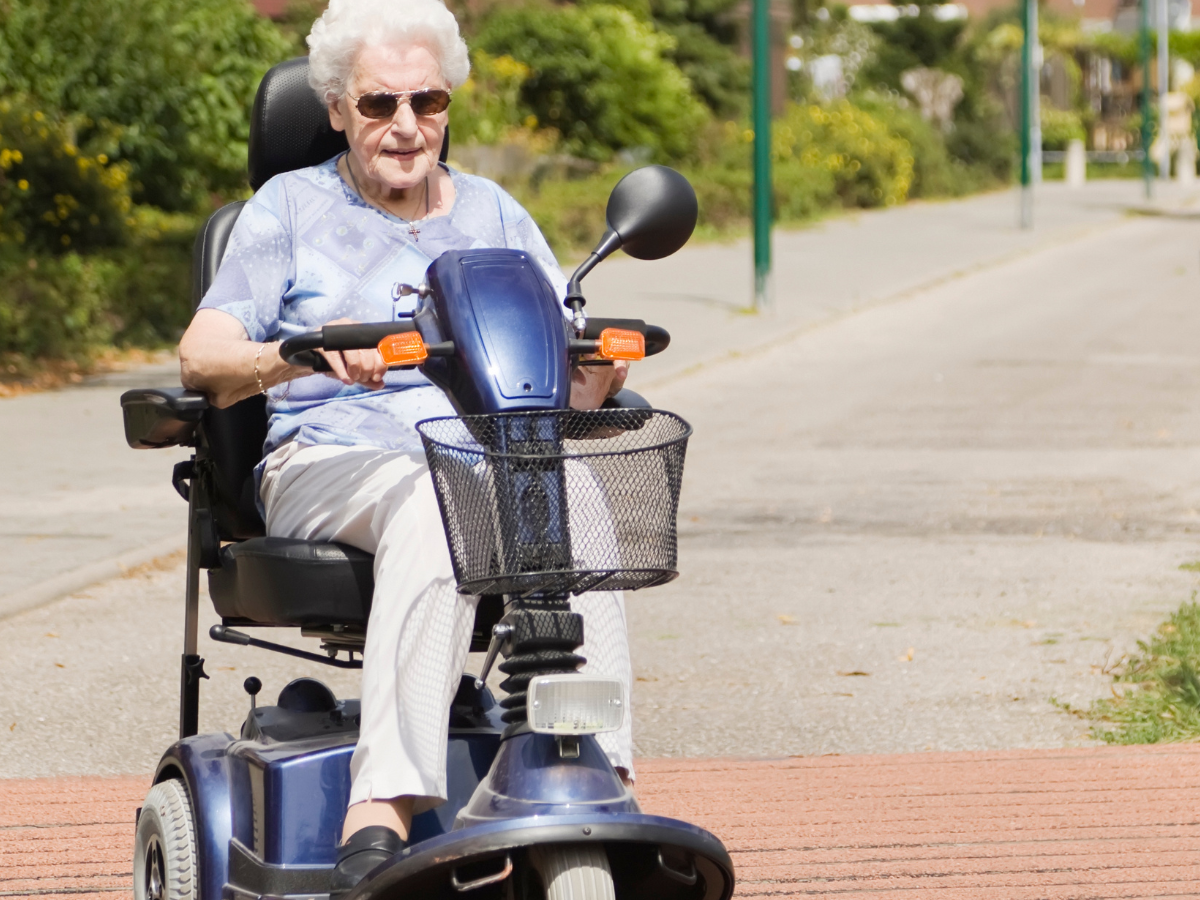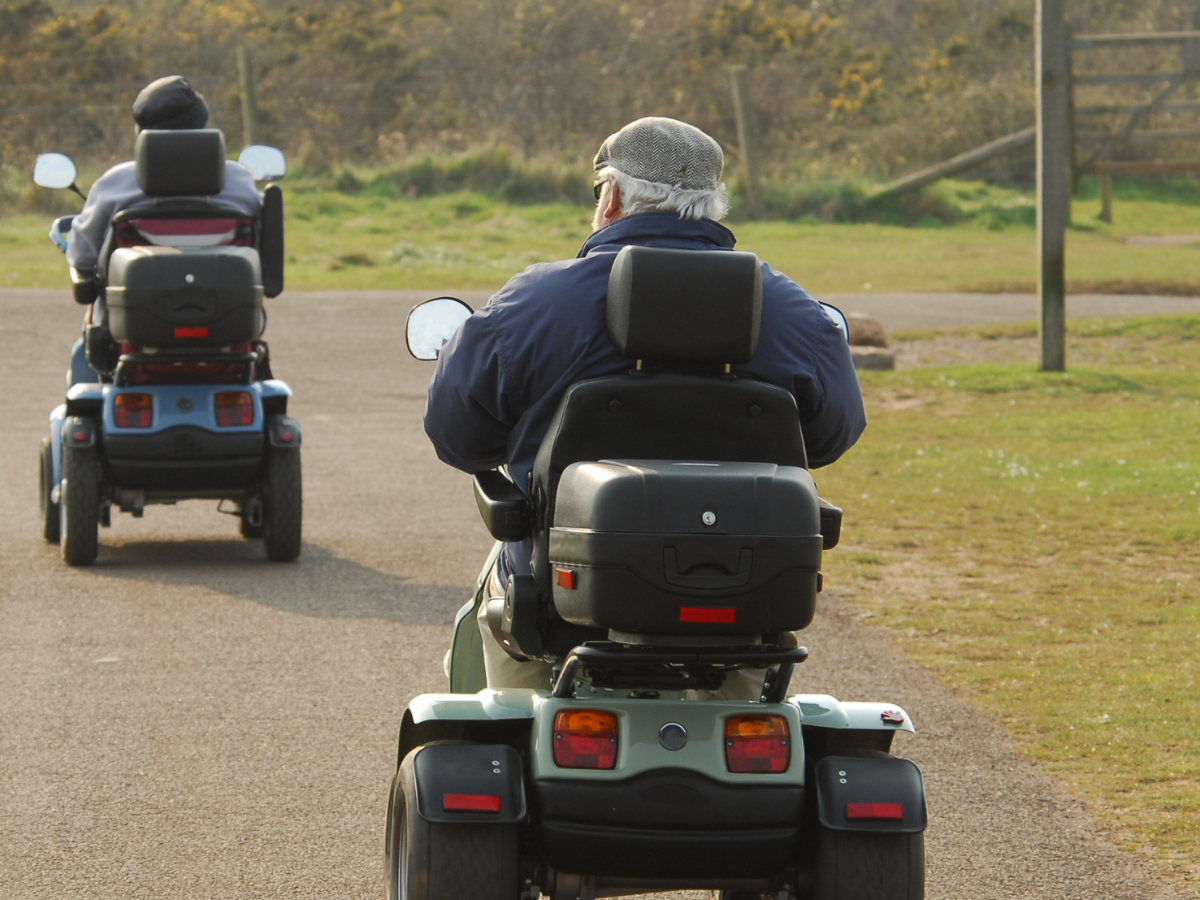Compression stockings aren’t your average slip-on socks. Also known as compression socks or support hose, these specialized garments are designed to apply gentle pressure to the legs and ankles. Compression stockings come in various forms. They include knee-high, thigh-high and full-length options. They are available in different compression levels, measured in millimeters of mercury (mmHg), to cater to specific needs.
Mild compression (8-15 mmHg) is suitable for minor swelling and fatigue. Moderate compression (15-20 mmHg) helps prevent deep vein thrombosis (DVT) during travel. Firm compression (20-30 mmHg) manages varicose veins and moderate edema. Extra firm compression (30-40 mmHg) treats severe venous insufficiency and lymphedema.
Let’s take a deeper look into the challenges that are made easier by compression stockings.
Chronic venous insufficiency (CVI).
CVI is a venous disease that can lead to the development of varicose veins. It occurs when the veins in the legs cannot efficiently return blood to the heart. This can lead to pooling and increased pressure. In addition to the development of varicose veins, CVI symptoms include swollen legs or ankles, leg ulcers, discolouration, pain while walking and cramping or tightness in the legs.
“The primary cause of CVI is genetics,” informs Canada Vein Clinics, “If a family member has this disease you have a higher chance of developing it. Other causes include: pregnancy, obesity, smoking, blood clots, lack of physical activity and exercise, and phlebitis (inflammation of the veins). Chronic Venous Insufficiency is the medical diagnosis of varicose veins. The pooling of blood in the legs due to the failing valves lead to the development of varicose veins.”
Compression stockings help with CVI by applying pressure that supports vein walls and improves blood flow. This prevents complications like venous ulcers. The compression also encourages the flow of lymph fluid out of the affected legs. It can also greatly reduce swelling.
Varicose and spider veins.
Varicose and spider veins are enlarged, twisted veins that result from weakened valves and increased pressure. According to The Canadian Society for Vascular Surgery, they can be found in up to 20 percent of the adult population. “By definition, the varicose vein is a dilated and tortuous channel at least 4 mm in diameter,” explains their website, “In the most simple form, they may appear as prominent or bulging blue protursions under the skin of the leg.”
In most cases, varicose and spider veins are caused by a malfunction of the valves at critical junctions of the venous system. This causes the blood to flow the wrong way down the leg. In other words, it pushes the blood in the opposite direction through which veins were intended to conduct the flow of blood.
Compression stockings alleviate discomfort, reduce swelling and prevent the progression of varicose veins by promoting better circulation. “Knee length stockings meet with more success than over the knee simply because they deal with the most common areas affected and are easier to wear and keep in place than thigh high stockings,” notes The Canadian Society for Vascular Surgery.
Deep vein thrombosis (DVT).
DVT refers to the formation of a blood clot (thrombus) in deep veins, often in the legs. The condition is known to cause pain, swelling, warmth and tenderness in the affected areas. Sometimes, people with DVT experience no noticeable symptoms. This doesn’t mean it’s not a problem.
Blood clots can form in the legs if you participate in very little or no activity. If you don’t move for a long time, say during traveling or after surgery, you may also be susceptible to DVT. It can be serious because blood clots in the veins can break loose and travel through the bloodstream. They can get stuck in the lungs, blocking blood flow (pulmonary embolism). When DVT and pulmonary embolism occur at the same time, it’s known as venous thromboembolism (VTE).
Compression stockings are recommended for individuals at risk, especially during prolonged immobility, such as long flights or bed rest. They enhance blood flow and reduce clot formation. “Graduated compression is applied to the leg externally from a stocking,” explains Fit For Life Physiotherapy, “Pressure is stronger at the ankle and eases towards the calf. This graduated compression squeezes the leg and helps the blood to flow in the proper direction through the dysfunctional veins.”
Lymphedema.
Lymphedema is characterized by swelling due to lymphatic fluid accumulation of protein-rich fluid that’s usually drained through the body’s lymphatic system. It often occurs in the arms or legs, but can also occur in the chest wall, abdomen, neck and genitals. Severe cases of lymphedema can impact the ability to move the affected limb. This increases the risks of skin infections and sepsis, leading to skin changes and breakdown.
Lymph nodes are vital components of your lymphatic system. Lymphedema can be caused by cancer treatments that remove or damage your lymph nodes. Other known causes include radiotherapy, infections, inflammation, venous diseases, obesity, immobility, trauma and injuries.
Compression garments help to manage lymphedema by facilitating lymph fluid movement and preventing further swelling. “They put a controlled amount of pressure on different parts of the arm or leg to help move lymph and keep it from building up,” informs the Canadian Cancer Society, “The garment may need to be worn all day (during waking hours), when working and when you exercise. It is important to use compression garments during air travel because lymphedema can become worse at high altitudes.”
Let’s get the right compression stockings for you!
Pregnancy-related swelling, post-surgical recovery and athletic performance recovery are also challenges that can be made easier by compression stockings. Choosing the right ones for you is the key to easing your symptoms. This involves considering factors like compression level, length, material and fit.
Compression stockings should feel snug, but not painfully tight. Mild compression, with lower numbers, is usually enough to keep you comfortable on your feet at work. You’ll need higher numbers with a firmer fit to prevent DVT. At Advantage Home Health Solutions, we have certified fitters to help you choose the best compression solution to help you live better and healthier. Contact us and we’ll arrange a time to meet with you!
Please don’t hesitate to give us a call at 403-460-5438. You may also email us by filling out the form on our Contact page!



